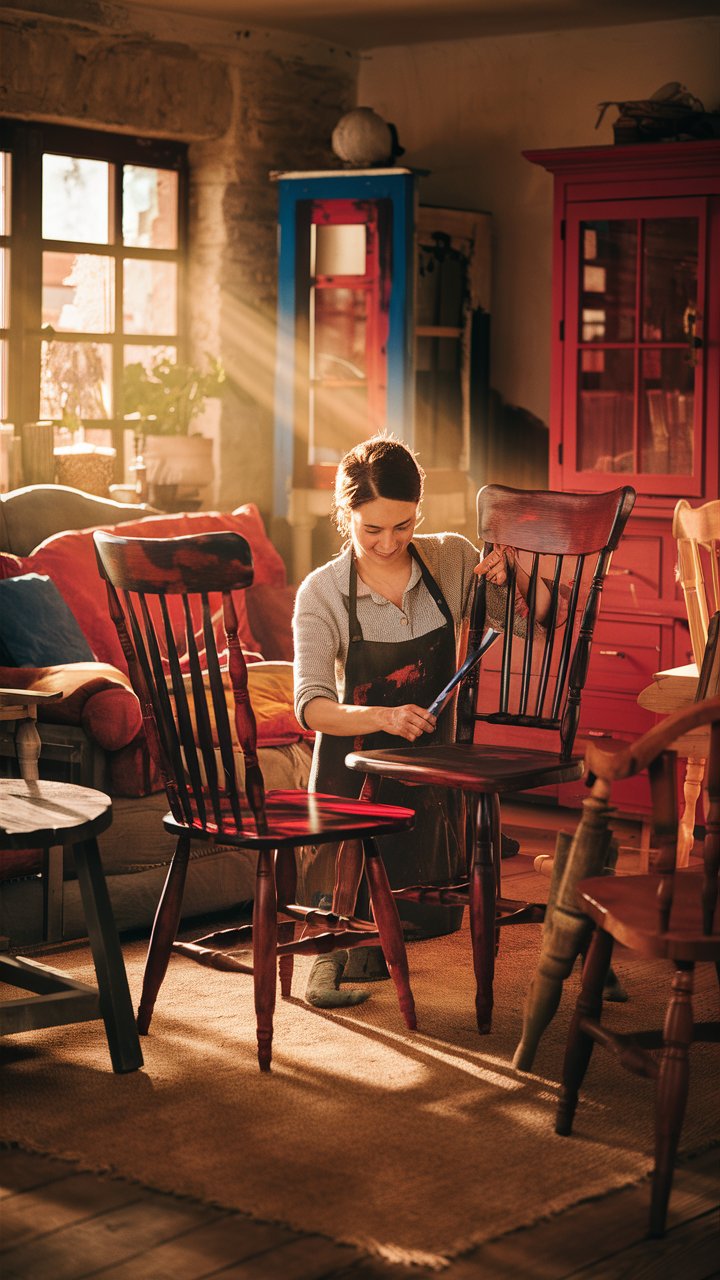
The Ultimate Guide to Staining Interior Wood: Choosing the Perfect Finish for Your Project
Share
When it comes to finishing interior wood, one of the most important steps is staining. A good stain enhances the wood’s natural beauty, highlights the grain, and provides the perfect tone to match your décor. Whether you’re staining furniture, cabinets, trim, or floors, knowing the right stain to use—and how it will look on different types of wood—is essential.
Why Staining Matters
Wood stains serve both aesthetic and functional purposes. Not only do they add color, but they also protect the wood and bring out its unique character. However, not all stains look the same on different types of wood. That’s why testing stain samples on the exact wood species you’re using is crucial before committing to a final choice.
Our specialized stain sample sets make it easy for you to compare stains on real wood types before making your decision, ensuring a perfect match for your project.
Types of Wood Stain
Understanding the different types of wood stains can help you choose the best option for your project. Here are the most common types:
1. Oil-Based Stains
Oil-based stains are popular for their deep penetration and long-lasting color. These stains take longer to dry but provide a rich finish that enhances the wood grain.
Best for: Furniture, trim, doors, and hardwood floors.
2. Water-Based Stains
Water-based stains dry faster and are low in odor, making them ideal for indoor projects where ventilation is a concern. They also provide vibrant color options and are easy to clean up with soap and water.
Best for: Cabinets, crafts, and projects where quick drying is essential.
3. Gel Stains
Gel stains are thick and sit on top of the wood rather than penetrating deeply. This makes them an excellent choice for woods with uneven grain, such as pine, where they provide a uniform look.
Best for: Vertical surfaces, softwoods, and detailed projects.
4. Lacquer Stains
Lacquer stains dry extremely fast and provide a hard, durable finish. However, they require professional application due to their strong fumes and quick drying time.
Best for: Professional applications, cabinets, and woodwork requiring a tough finish.
5. Water-Soluble Dye Stains
These stains offer brilliant, translucent colors that can be easily adjusted by adding water. They are great for achieving bold or custom colors but may require sealing to protect the finish.
Best for: Artistic and custom staining projects.
Choosing the Right Stain for Your Wood Type
Different woods absorb stain in different ways, which can drastically change the final look of your project. That’s why testing stains on real samples of your wood type is the best way to get an accurate preview of the final result.
Here’s how common wood types interact with stain:
Hardwoods:
- Oak: Stains evenly, bringing out strong grain patterns.
- Maple: Difficult to stain evenly due to its tight grain; gel stains work best.
- Cherry: Absorbs stain well but naturally darkens over time.
- Walnut: Rich and dark on its own, requiring minimal stain for enhancement.
Softwoods:
- Pine: Absorbs stain unevenly, requiring a pre-stain conditioner.
- Cedar: Has natural oils that can affect stain absorption.
- Fir: Tends to blotch unless properly prepped.
By using our stain sample sets, you can test how different stains react on actual wood surfaces before committing to a larger project.
Step-by-Step Guide to Staining Interior Wood
Step 1: Prepare the Wood
Before staining, sand the wood to remove imperfections and open up the grain. Start with 120-grit sandpaper and finish with 220-grit for a smooth surface.
Step 2: Choose Your Stain
Select a stain based on your desired color, wood type, and project needs. If you’re unsure, order a stain sample sets to compare options before making a final choice.
Step 3: Apply Pre-Stain Conditioner (For Softwoods)
Softwoods like pine absorb stain unevenly, leading to blotchiness. Applying a pre-stain wood conditioner helps ensure a consistent stain application.
Step 4: Apply the Stain
Using a brush, cloth, or sponge, apply the stain in the direction of the wood grain. Allow it to penetrate for a few minutes before wiping off the excess with a clean rag.
Step 5: Let It Dry
Follow the manufacturer’s drying time recommendations before applying a second coat if needed.
Step 6: Seal the Stain
Once the stain is completely dry, apply a protective finish such as polyurethane, lacquer, or shellac to preserve the color and protect the wood from wear and tear.
Pro Tips for a Perfect Finish
- Test First: Always test your chosen stain on a wood sample before applying it to your final project.
- Work in a Well-Ventilated Area: Stains and finishes can release strong fumes, so proper ventilation is key.
- Use Quality Brushes and Cloths: Cheap brushes can leave streaks and bristles in your stain, affecting the final result.
- Wipe Off Excess Stain: Leaving too much stain on the wood can cause sticky spots and an uneven finish.
Get Started with Stain Sample Kits
With so many stain options and wood types, choosing the perfect stain for your project can be overwhelming. That’s why we offer stain sample sets featuring real wood swatches with various stain options, allowing you to see exactly how each stain will look before committing to a final choice.
Browse our selection of stain sample sets today and make your next woodworking project a stunning success!